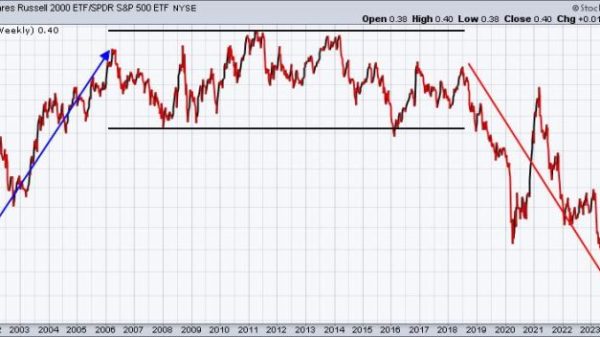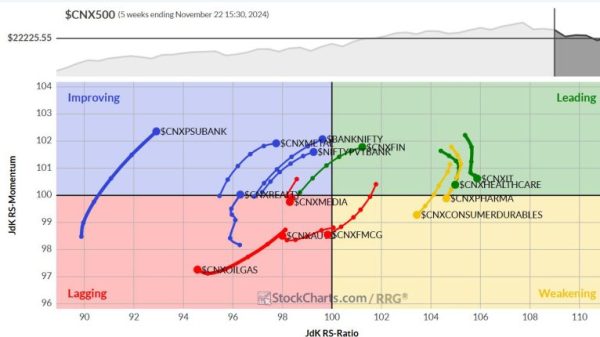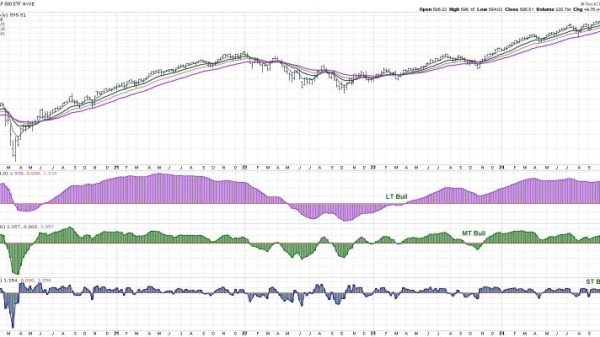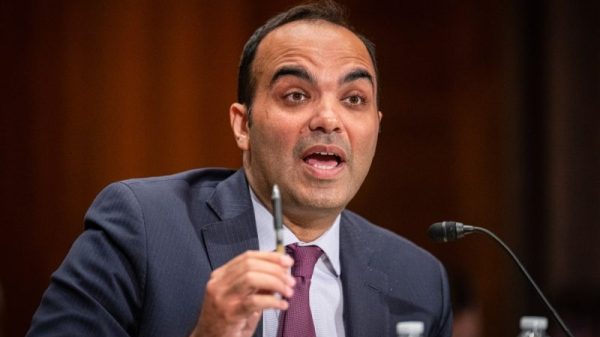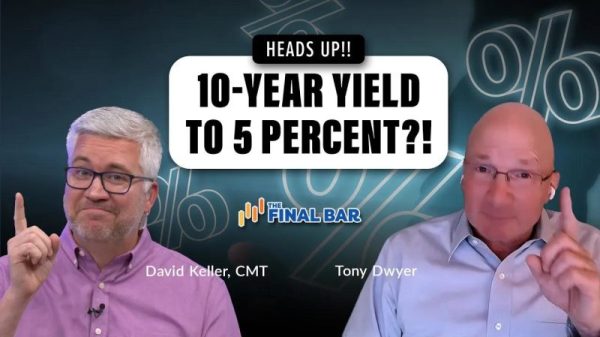An error in how the Education Department calculates financial aid threatens to leave some U.S. students with lower subsidy amounts for their secondary schooling this fall.
The mistake, first reported in December by The Washington Post and again this week by NPR, stems from the department’s apparent failure to update a key part of its aid calculation index for inflation, which has surged by some 20% since the onset of the Covid-19 pandemic.
At issue is the amount of a family’s income that is deemed ‘protected’ from the overall adjusted gross income calculation. That income amount is used to determine how much financial aid a student needs.
Unless the inflation adjustment is fixed, a family will be considered to have more resources at its disposal than is actually the case, said Karen McCarthy, vice president of public policy and federal relations at the National Association of Student Financial Aid Administrators.
And that means less money for students in need.
‘The fact that [the department] did not do these updates artificially lowers someone’s aid eligibility,’ McCarthy said.
The Education Department did not release a statement to NBC News by the time this article was published. NPR reported Tuesday that the department is still assessing how to handle the mistake.
McCarthy’s organization was among the first to flag the inflation issue in October to the Education Department. She said it appears the department initially decided to not address the issue for the 2024-25 academic year, but that it is now considering doing so as news reports of the error have gained momentum.
The department’s error is further complicated by the rollout of the new, simplified Free Application for Federal Student Aid (FAFSA) mandated by Congress at the end of 2020.
The FAFSA usually becomes available to students and their parents in October, but the new form has been beset by delays. A ‘soft launch’ of the form finally went online Dec. 31, but was not widely accessible at the outset. Only this week has the form been fully available.
The chairwoman of the House Committee on Education and the Workforce, Rep. Virginia Foxx, R-N.C., blamed the Biden administration for the error. ‘The administration should have been implementing bipartisan FAFSA legislation passed by Congress,’ Foxx said in a statement.
‘As a result, chaos with the FAFSA rollout is making life miserable for families attempting to determine if they can afford college.”
In a statement to CNBC, the Education Department said 1 million students had already submitted a FAFSA form.
But as it processes the new form, the department has not yet begun forwarding applications to schools.
Now, the department is deliberating whether to punt the update of students’ aid eligibility calculations for inflation into the next academic year — effectively shortchanging this year’s cohort — or take time to perform the update now but shorten the overall window students may have to communicate with their schools of choice.
‘The spring is going to be a little rough no matter what,’ McCarthy said.






